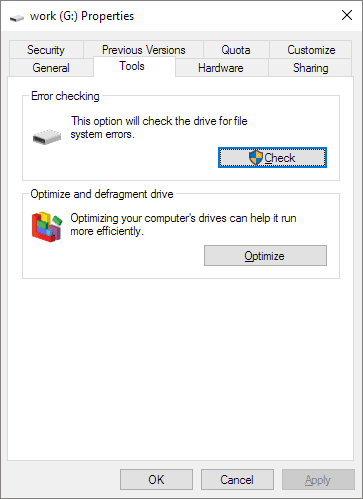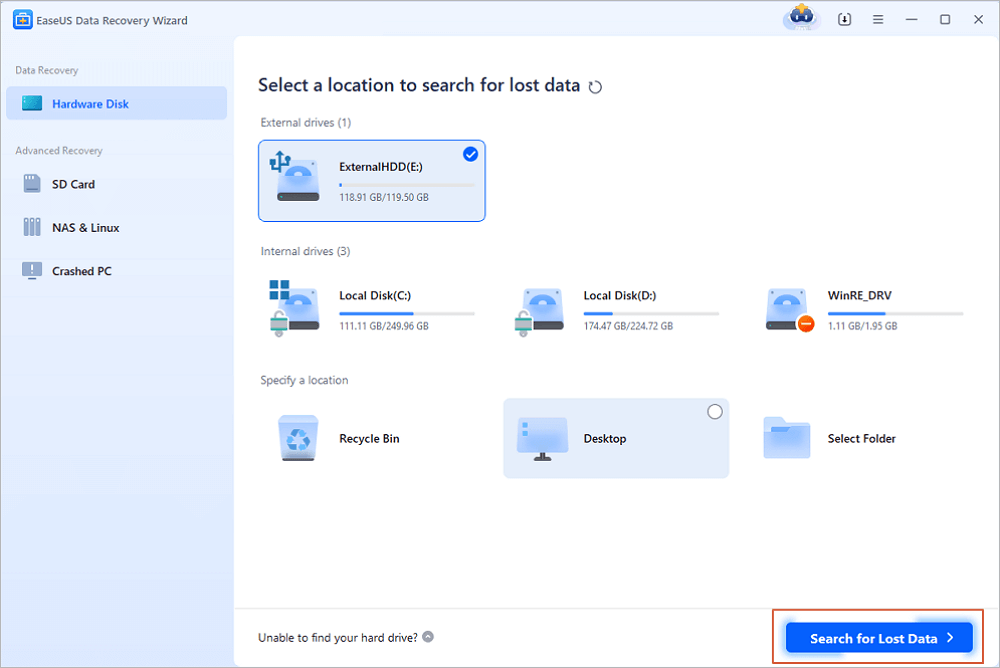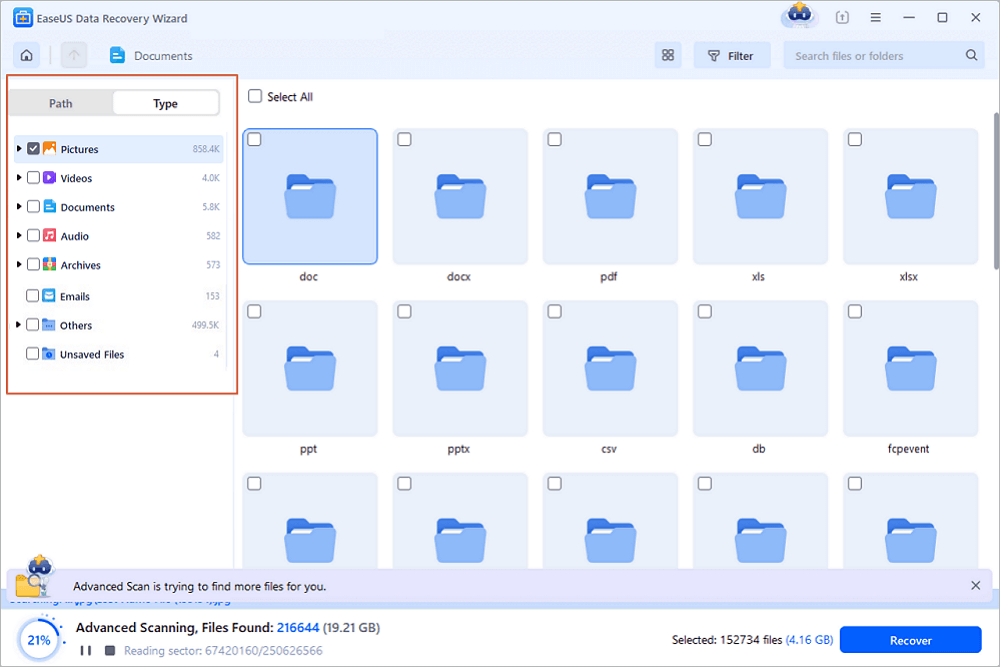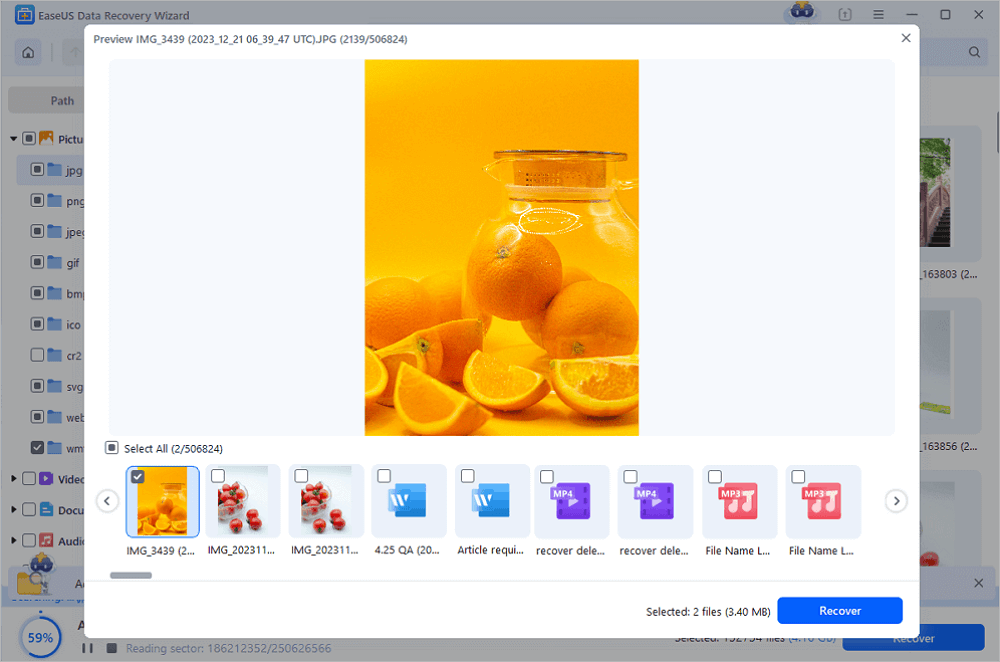External Hard Drive Not Working
Featured Articles
- 01 HDD Not Initialized I/O Device Error
- 02 The Parameter Is Incorrect
- 03 External Hard Drive Freezes Computer
- 04 External Hard Drive Taking Long Time to Open
- 05 External Hard Drive Loading Forever
- 06 How to Fix a Corrupted External Hard Drive
- 07 Toshiba External Hard Drive Not Working
- 08 WD External Hard Drive Slow to Response
- 09 Seagate External Hard Drive Blinking
Problem: WD external hard drive slow transfer rate
"I have a three-year-old WD My Passport 1TB external hard drive which has been used as a backup drive. About a week ago, something unusual happened. The drive became extremely slow, especially when I was trying to transfer data from my computer or open files on the drive. Is this problem serious? Perhaps is there any way to fix the slow WD external hard drive transfer rate? Please help me."
If you are one of the WD Elements and WD My Passport (Ultra) external hard drive users who are currently experiencing a slow transfer speed, slow response, or slow boot problem, please read this post carefully. It offers information on how to fix a slow WD external hard drive and additionally introduces the EaseUS Data Recovery Wizard solution to protect important data stored on a corrupted, inaccessible, or slow WD external drive.
What's the risk of having a slow external hard drive?
If your hard drive suddenly becomes very slow without warning or reporting errors, be alert! There are some potential risks that might cause even severe damage to your hard drive and the data it stores.
Here is a list of risks that might be developed from a slow WD external hard drive:
1. The hard drive starts making clicking sounds or other noises.
2. Files cannot open anymore and become corrupted.
3. Windows can no longer detect the hard drive or display the data.
4. The hard drive keeps crashing, lagging, hanging, or freezing when you double-click on its icon or try to open files.
8 Solutions to WD external hard drive slow and unresponsive
If your data is fully protected (which we'll cover further down), now you can start applying every possible workaround to resolve the slow issue on a WD external drive. Altogether, we've compiled eight viable solutions for you.
1. Change the SATA data cable.
2. Change the USB 2.0 port to a USB 3.0 port.
3. Perform disk fragmentation to optimize the disk.
4. Check for and repair hard drive logic errors and bad sectors.
5. Send the drive to a hard drive repair center or simply replace the slow hard drive with a new one.
6. Replace the slow hard drive with a new one
Next, we're going to give you detailed instructions on the seventh and eighth solutions, which people can easily test all by themselves on their PCs.
7. To optimize a slow WD external hard drive
Step 1. Go to Computer (Windows 7) or This PC (Windows 10).
Step 2. Right-click on the slow WD external hard drive and choose Properties.
Step 3. Select the Tools tab and click Optimize.
Step 4. Follow the on-screen wizard to complete the process.

By doing as we taught, you can optimize your drives to help them run more efficiently. It's one of the most common ways to speed up a hard drive that is suddenly sluggish or, overloaded.
8. To check for and repair hard disk bad sectors
Step 1. Open the WD external hard drive Properties window likewise.
Step 2. Go to the Tools tab and, click Check this time. (this option will check the drive for file system errors that may affect its performance )
Step 3. Follow the onscreen wizard to complete the process or file system checking and repairing.
- Tip
- If the hard drive crashes while you are trying to open it by right-clicking, go to check it for partition errors and remove bad sectors in the other way.
- Download EaseUS free partition manager software to check for and repair bad sectors on the WD external hard drive.
If the slow drive keeps you from applying both of the troubleshooting techniques, please do a further examination: is its LED light flashing properly, or does Windows recognize the disk? If not, it's time to send the drive to a professional repair center or contact WD support to seek help. Your drive appears to be damaged heavily and it's losing its basic functionality.
How to prevent data from being corrupted or becoming inaccessible on a slow hard drive?
When you're faced with a slow hard drive, whether it's a hard drive made by Western Digital or other brands like SanDisk, Toshiba, Kingston, or Samsung, try to protect your data from being damaged as soon as possible.
The best way to access data stored on a WD external hard drive that can hardly open is to let EaseUS Data Recovery Wizard help. It's the most proficient EaseUS Data Recovery Wizard that helps WD users find all data they want in three steps.
Step 1. Choose and scan the external hard drive
- Download and install EaseUS Data Recovery on your PC or laptop.
- Connect the external hard drive to your computer.
- Run EaseUS Data Recovery Wizard and choose the external drive from External drives list. Then, click "Search for Lost Data".

Step 2. Check the scan results
- EaseUS data recovery software will immediately scan the selected drive for all data, including deleted, corrupted, and existing data.
- You can use the Filter feature to quickly locate the files of one kind, such as Pictures, Word, Excel, PDF, videos, emails, etc.

Step 3. Preview and recover data
- Double-clicking a file from the scanned results to preview.
- Choose the files you want and click "Recover".
- Select a different drive to save the recovered files instead of the original one.
💡Tip: You can restore data on the local disks, external hard drives, and also the cloud storage.

To err on the side of caution, also try to clone your external drive that's acting up. This will further reduce the risk of data loss along the way.
You can also check this video tutorial to see how to recover data from an external hard drive.
People also ask
1. How do I fix a slow external hard drive?
As illustrated in the troubleshooting guide, there are 5 ways to fix a slow external hard drive on your own:
1. Change the SATA data cable.
2. Change the USB 2.0 port to USB 3.0 port.
3. Perform disk fragmentation to optimize the disk.
4. Check for and repair hard drive logic errors and bad sectors.
5. Send the drive to a hard drive repair center or simply swap it for a new one.
2. Why is my hard drive suddenly slow?
There are basically two culprits: software and hard drive corruption. Once the health of your hard drive and the associated software deteriorates, it begins to develop bad sectors, viruses, fragmentation, and many serious issues that eventually lead to a very low data transfer speed that affects your life and work. Learn how to solve the problem of hard drive becoming very slow suddenly.
3. How can I increase my external hard drive transfer speed?
Sometimes, converting FAT32 to NTFS might help increase the transfer speed. In addition, consider changing the default hardware settings for better performance.
4. Can external hard drive speed up my computer?
An external hard drive is meant to give your computer more room for storing and running files, especially for large videos, photos, Photoshop projects, etc. Therefore, in certain circumstances, an external hard drive can speed up your computer, but not sure about speeding up your system.
Was This Page Helpful?
Brithny is a technology enthusiast, aiming to make readers' tech lives easy and enjoyable. She loves exploring new technologies and writing technical how-to tips. In her spare time, she loves sharing things about her game experience on Facebook or Twitter.
Approved by David Balaban
David Balaban is a computer security researcher with over 18 years of experience in malware analysis and antivirus software evaluation. He presents expert opinions on contemporary information security matters, including social engineering, penetration testing, threat intelligence, online privacy, and white hat hacking.
Related Articles
-
How to Recover Permanently Deleted Files from Google Drive [4 Proven Ways]
![author icon]() Tracy King/Jan 13, 2026
Tracy King/Jan 13, 2026 -
Fix Hard Drive Shows 0 Bytes Error Free
![author icon]() Tracy King/Jan 13, 2026
Tracy King/Jan 13, 2026 -
Recover Deleted Files in Network Shared Folder | 3 Methods
![author icon]() Tracy King/Jan 13, 2026
Tracy King/Jan 13, 2026 -
How to Fix Canon Cannot Playback Image [Full Guide]
![author icon]() Jaden/Jan 13, 2026
Jaden/Jan 13, 2026